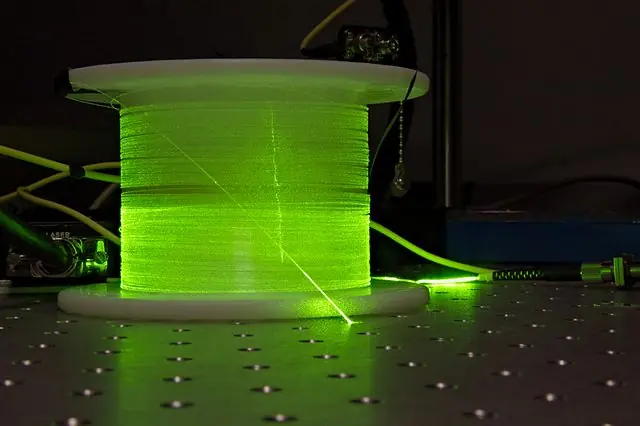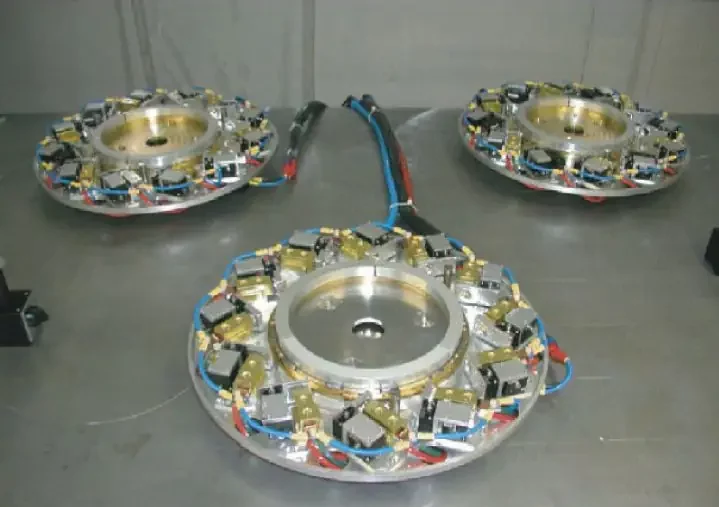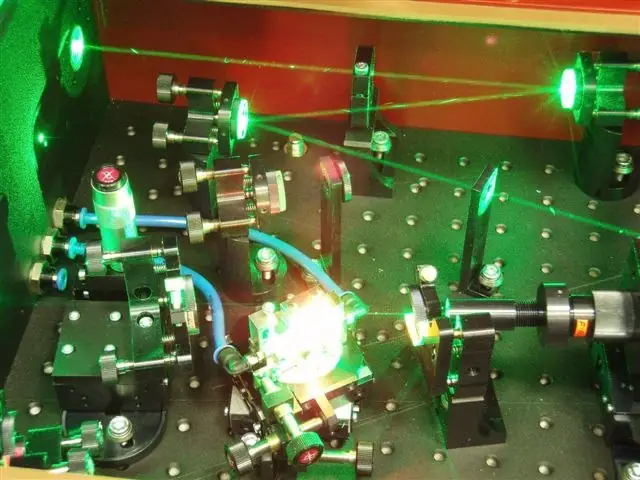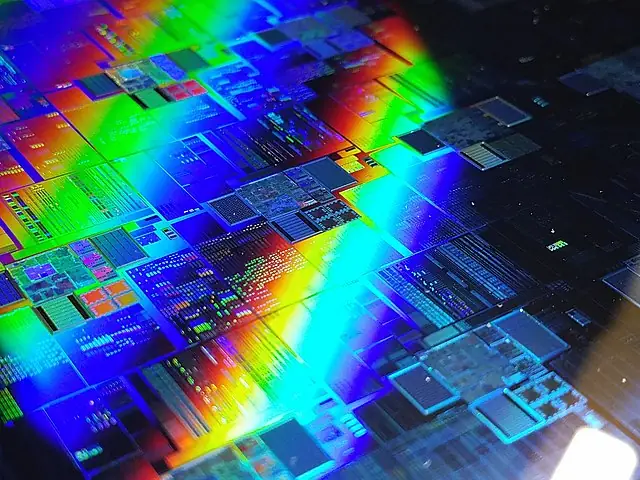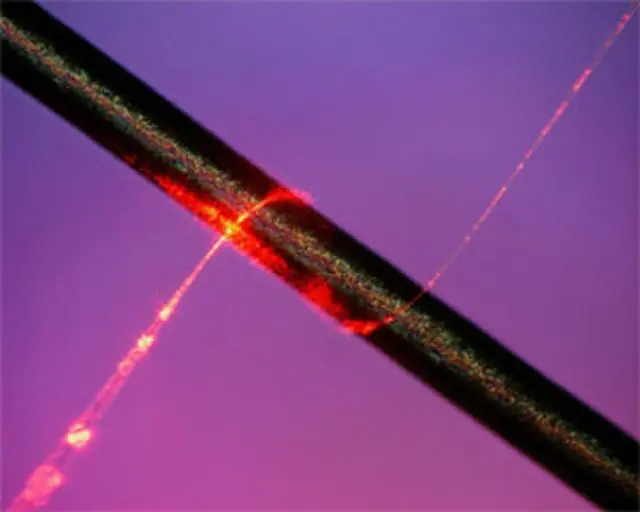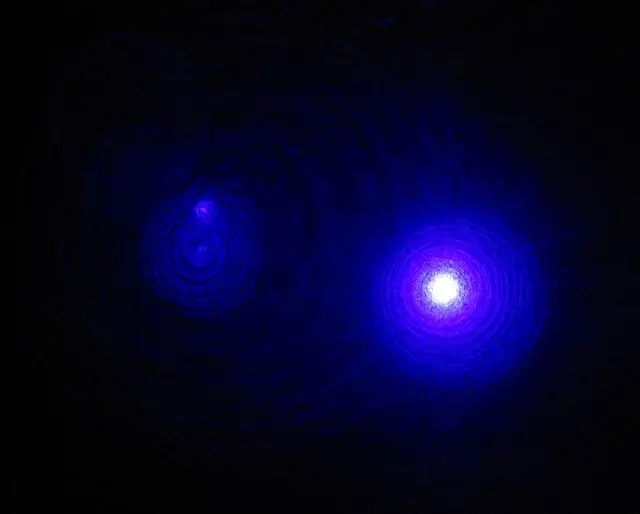Fiber Lasers
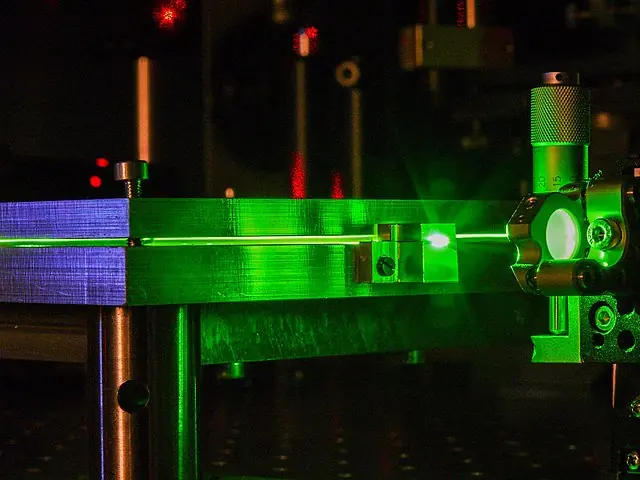
A fiber laser is a type of laser that uses a fiber optic cable as the gain medium, or the material that amplifies the laser beam. This allows for a highly efficient and precise beam, making fiber lasers ideal for various industrial and scientific applications.
Fiber lasers work by using a pump source, typically a diode laser, to inject energy into the fiber optic cable. The energy is then absorbed by the active material, or the material that amplifies the laser beam, within the fiber optic cable. This causes the active material to emit light at a specific wavelength, which is the characteristic of a laser beam.
The emitted light is then guided through the fiber optic cable, where it is amplified by passing through additional segments of active material. This process is known as stimulated emission, and it is what allows the fiber laser to produce a highly concentrated and coherent beam.
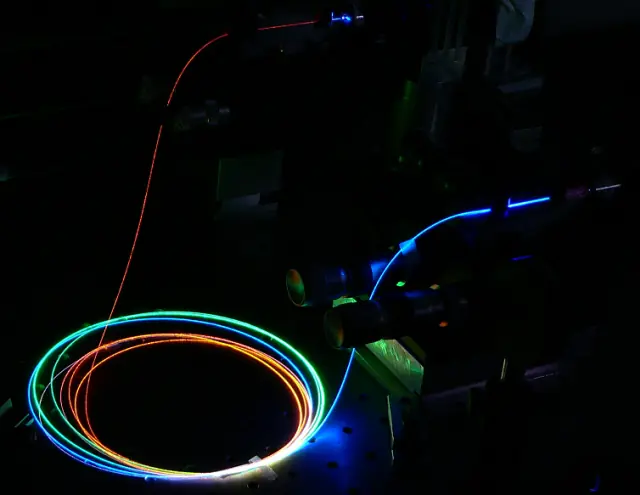
One of the benefits of fiber lasers is their ability to operate at a variety of wavelengths, including visible light and infrared. This makes them versatile for a range of applications, such as cutting and welding metals, engraving, and marking.
In addition, fiber lasers are known for their high efficiency, with up to 50% of the injected energy being converted into laser beam output. This makes them more energy-efficient compared to other types of lasers, such as CO2 lasers. They are also highly stable and have a long lifespan, with some fiber lasers lasting for more than 100,000 hours
Fiber lasers are an advanced and efficient tool for various industrial and scientific applications, thanks to their precise and concentrated beam and ability to operate at a variety of wavelengths They are also highly flexible and can be easily integrated into various systems and applications, making them widely used in industries such as material processing, medical, and military.

